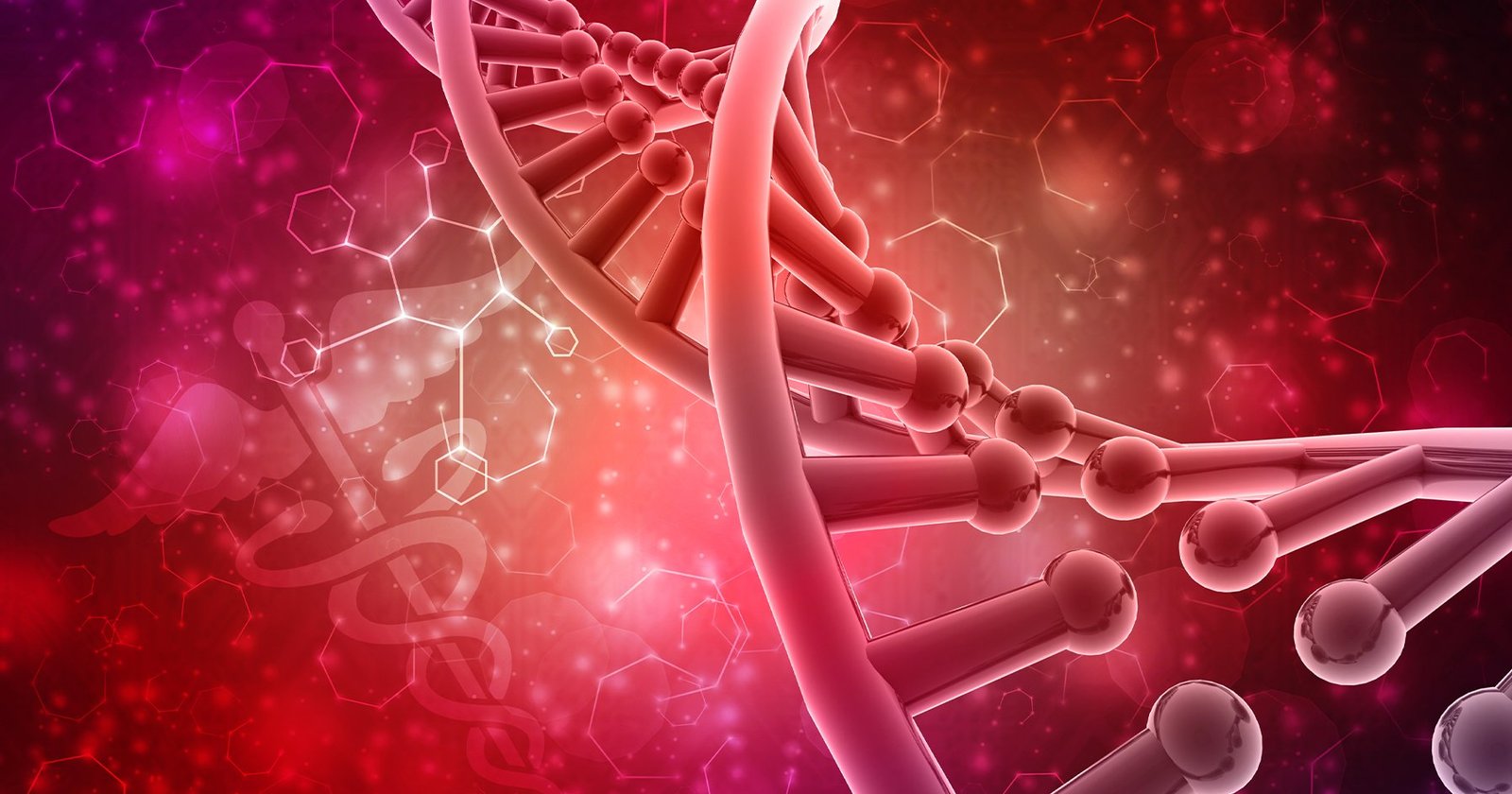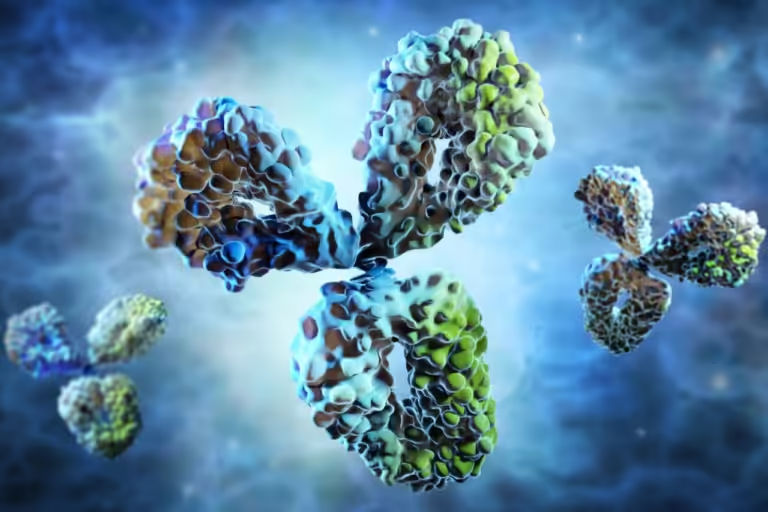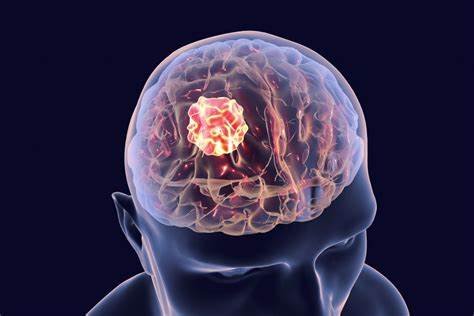Hormonal Imbalance: Risks and Diagnostic Importance
Hormones are chemical messengers that regulate numerous bodily functions, including growth, metabolism, reproduction, and mood. Any disruption in their balance can have widespread effects on their physical and emotional well-being. Understanding the risks associated with hormonal imbalances and the importance of timely diagnosis is crucial for maintaining optimal health.
Risks of Hormonal Imbalance
Hormonal imbalances can arise due to various factors, including stress, poor diet, sedentary lifestyles, medical conditions, and aging. The risks associated with these imbalances vary depending on the specific hormones involved. Below are some common examples:
1. Thyroid Hormones
- Hypothyroidism: Insufficient production of thyroid hormones can lead to fatigue, weight gain, depression, and cold sensitivity.
- Hyperthyroidism: Overproduction may cause weight loss, anxiety, rapid heartbeat, and heat intolerance.
2. Reproductive Hormones
- Estrogen and Progesterone: Imbalances in these hormones can result in irregular menstrual cycles, infertility, or conditions like polycystic ovary syndrome (PCOS).
- Testosterone: Low levels in men can cause reduced libido, muscle mass loss, and fatigue, while excess levels in women may lead to acne, hirsutism, and voice changes.
3. Cortisol
- Known as the “stress hormone,” elevated cortisol levels can contribute to weight gain, high blood pressure, sleep disturbances, and a weakened immune system.
- Chronic low levels can lead to fatigue, low blood sugar, and fainting episodes.
4. Insulin
- Imbalances in insulin production or sensitivity can result in diabetes or metabolic syndrome, increasing the risk of cardiovascular diseases.
5. Growth Hormone
- Deficiencies can lead to stunted growth in children and reduced bone density in adults, while excess can cause conditions like acromegaly.
Importance of Diagnosis
Timely and accurately diagnosing hormonal imbalances is essential for preventing complications and improving quality of life. Diagnostic approaches typically include:
1. Comprehensive Medical History
- Reviewing symptoms, lifestyle factors, and family history helps identify potential hormonal disruptions.
2. Physical Examination
- Assessing physical signs such as weight changes, skin conditions, or abnormal hair growth can provide valuable clues.
3. Laboratory Tests
- Blood, saliva, or urine tests measure hormone levels, including thyroid hormones, reproductive hormones, cortisol, and insulin.
- Advanced tests may include hormone stimulation or suppression tests for specific disorders.
4. Imaging Studies
- Ultrasounds, MRIs, or CT scans may be used to detect structural abnormalities in hormone-producing glands such as the thyroid, adrenal, or pituitary gland.
Conclusion
Hormonal imbalances can significantly impact health if left unaddressed. Understanding the risks associated with these imbalances underscores the importance of early diagnosis and intervention. By consulting healthcare professionals and undergoing appropriate testing, individuals can effectively identify and manage hormonal issues, paving the way for improved health and well-being.







